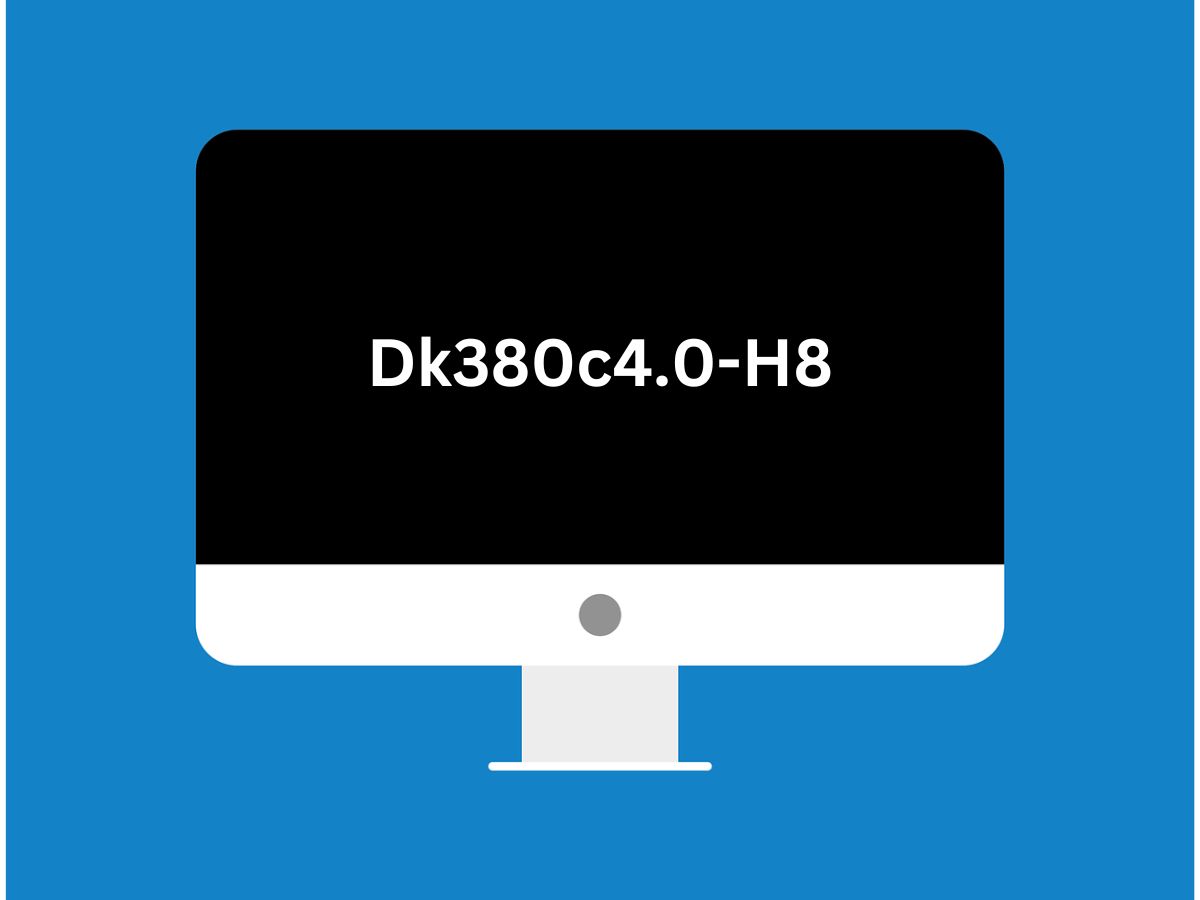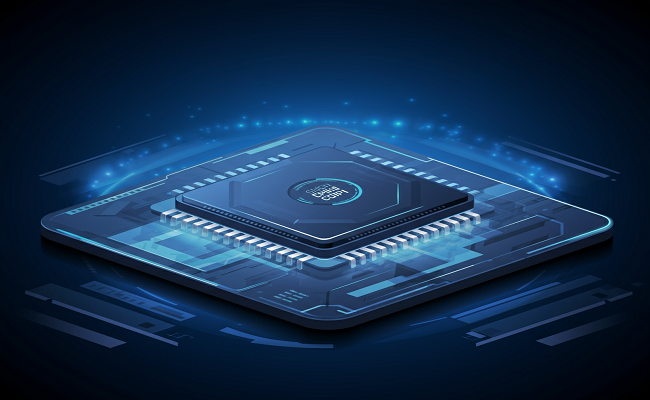In the world of electronics and industrial hardware, model codes often say more than meets the eye. One such model identifier—dk380c4.0-h8—has been surfacing across technical documentation, repair forums, and high-performance component catalogs. But what exactly is the dk380c4.0-h8? Whether you’re a technician, engineer, or systems integrator, understanding the specs and function of this unique component could make all the difference in your next project.
This article covers everything you need to know about the dk380c4.0-h8: its structure, use cases, compatibility, and performance characteristics. So if you’ve come across this label and want clarity, read on.
What Is the dk380c4.0-h8?
The dk380c4.0-h8 is typically referenced as a modular control or signal interface component, often found in automation systems, display hardware, or industrial circuit arrays. Based on catalog listings and device references, the dk380c4.0-h8 is designed to deliver precise current regulation, voltage control, or digital signaling depending on its specific configuration.
While it might not be as publicly recognized as mass-market chipsets or consumer boards, the dk380c4.0-h8 plays a vital role in ensuring that larger systems operate reliably and efficiently.
Technical Breakdown of dk380c4.0-h8
Let’s interpret the model code itself, which seems to follow a systematic naming convention:
-
dk – Denotes the device family or form factor, often industrial-grade or DIN rail mountable.
-
380 – Could refer to the voltage class (380V compatibility or tolerance).
-
c4.0 – Likely indicates current capability (4.0A), capacitance grade, or a firmware revision.
-
h8 – This typically references a hardware generation, chipset ID, or housing standard.
Understanding the dk380c4.0-h8 begins with recognizing that it is a purpose-built module for integration into more complex systems. It’s rarely used in isolation.
Core Features of dk380c4.0-h8
✔️ High Voltage Compatibility
The dk380c4.0-h8 is designed to handle high-voltage environments, making it suitable for industrial or commercial-scale applications. Systems operating at 220V–380V will often utilize such modules for regulated power or signal distribution.
✔️ Compact Design for Modular Systems
The housing of the dk380c4.0-h8 is often slimline, ideal for rack systems or tight industrial panels. It supports DIN-rail mounting, allowing for flexible system architecture.
✔️ Thermal Stability and Efficiency
Known for high thermal resistance, the dk380c4.0-h8 is often used in continuous-duty environments without the need for elaborate cooling.
✔️ Digital Interface Options
Some versions of the dk380c4.0-h8 are compatible with PLCs (Programmable Logic Controllers), accepting digital inputs or sending analog feedback.
Common Applications of dk380c4.0-h8
1. Industrial Automation Panels
The dk380c4.0-h8 is often integrated into control panels that manage motors, conveyor systems, or HVAC setups in factories.
2. Power Regulation Units
In high-power environments, dk380c4.0-h8 modules are used to condition and distribute power safely across systems.
3. Display Controllers
Some use cases suggest the dk380c4.0-h8 may be a component in industrial LCD driver boards or digital signage platforms.
4. Robotics & Mechatronics
For devices that require synchronized control over movement and feedback loops, the dk380c4.0-h8 adds real-time interfacing and current feedback.
How to Identify a dk380c4.0-h8
If you’re unsure whether a component is a dk380c4.0-h8, check for the following identifiers:
-
Label/Stamp: Often printed on a metal housing or etched into a PCB.
-
Serial Sticker: May include manufacturing batch info and exact firmware version.
-
Connector Layout: The dk380c4.0-h8 often uses multi-pin or screw terminal blocks, supporting both signal and power connections.
When replacing or repairing, always match the full model code. Using a dk380c3.5-h7 instead of a dk380c4.0-h8 could cause underperformance or failure.
Installation and Safety Notes
When installing or replacing a dk380c4.0-h8, follow these precautions:
-
Power Down Fully: Disconnect all AC power before interacting with the unit.
-
Use Proper Mounting Rails: DIN rails should be grounded and properly rated.
-
Cable Management: Avoid signal interference by using shielded cables and separating power from control lines.
-
Firmware Compatibility: Ensure your system supports the dk380c4.0-h8 if it’s digitally interfaced.
Troubleshooting Common Issues
While the dk380c4.0-h8 is durable, some common field issues include:
-
Overheating: Often due to poor ventilation or overload.
-
Signal Interruption: Could stem from broken wiring or digital misconfiguration.
-
Component Drift: Over time, capacitance or resistance may drift slightly; recalibration or replacement might be needed after years of service.
If these symptoms occur, consult the datasheet or use a multimeter to test voltages and continuity.
Sourcing and Replacements
Genuine dk380c4.0-h8 units can be sourced through authorized industrial component distributors or directly from OEMs (if branded). Make sure to verify:
-
Voltage and Current Ratings
-
Firmware Compatibility
-
Build Revision (h8 vs h7, etc.)
Avoid cheap clones, as quality control in power components is critical. A fake dk380c4.0-h8 could introduce instability into your entire system.
Future Variants and Integration
As industrial systems become smarter, future versions of the dk380c4.0-h8 may offer:
-
IoT capabilities for remote monitoring
-
Wireless diagnostics
-
Auto-calibration features
-
Higher efficiency MOSFETs or GaN integration
Integration with edge computing systems is also likely, making the dk380c4.0-h8 a bridge between analog controls and digital ecosystems.
Conclusion
The dk380c4.0-h8 might not be the flashiest component in a system, but it’s certainly one of the most crucial when stability, power regulation, and precision matter. Whether you’re building an automation panel, repairing an industrial unit, or configuring control feedback systems, understanding this component gives you a solid technical edge.
Knowing how to install, identify, and troubleshoot the dk380c4.0-h8 ensures both safety and efficiency in critical applications. It may look like a small box on a rail—but it carries big responsibility.



